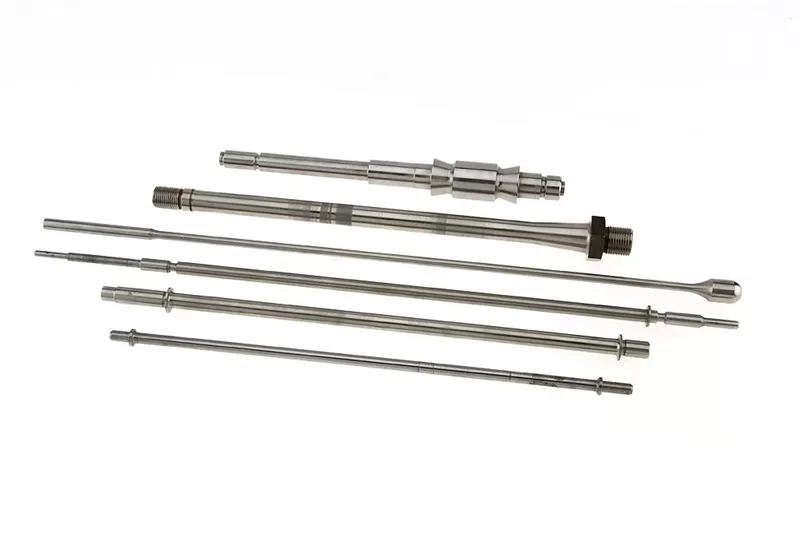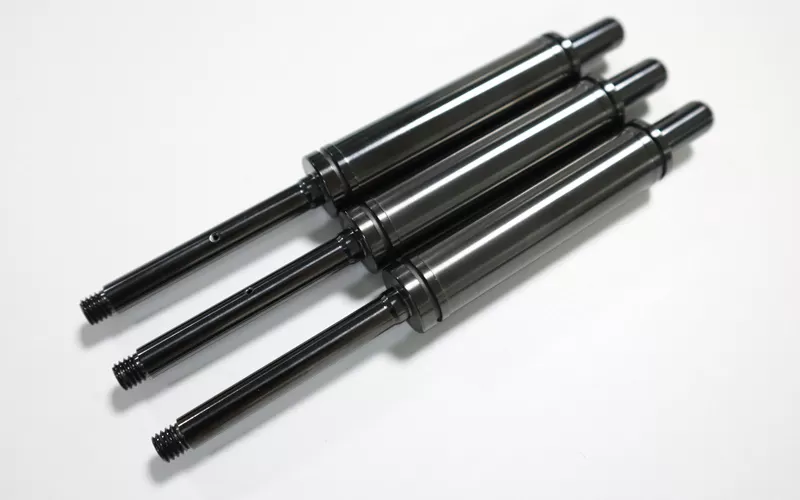CNC machining has revolutionized manufacturing by providing high precision and accuracy in the production of parts and components. However, even the most precisely manufactured parts are susceptible to corrosion, wear, and other environmental factors. This is where surface treatments come in—they help protect CNC machined parts from damage and extend their service life. In this article, we will introduce some of the most commonly used surface treatment solutions for CNC machined parts.
Anodizing is a process that uses an electrolytic solution to form a protective oxide layer on the surface of a part. This layer provides excellent corrosion resistance and enhanced wear resistance. Anodizing can be done in various colors, making it an attractive choice for decorative applications.

As one of precision manufacturing services, Electroplating involves depositing a thin layer of metal on the surface of a part. Electroplating can be done with various metals, including chrome, nickel, copper, and gold. This surface treatment provides excellent corrosion resistance, as well as improved conductivity and aesthetics. Powder coating involves applying a dry powder to the surface of a part and then heating it to form a hard and durable coating. Powder coating offers excellent corrosion resistance, weather resistance, and wear resistance. It can also be done in various colors, making it an attractive choice for decorative applications. PVD coating is a product of Physical Vapor Deposition technology. This technique involves vaporizing the surface of a material source (solid or liquid) into gaseous atoms or molecules, or partially ionized into ions, under vacuum conditions, and then depositing thin films with specific functions on the substrate surface.
Chemical conversion coatings involve forming a thin chemically bonded layer on the surface of a part. This layer provides excellent corrosion resistance and improved adhesion for subsequent painting or other surface treatments. Common types of chemical conversion coatings include chromate and phosphate coatings.

Heat treatment involves subjecting parts to high temperatures to alter their properties. This can include hardening, tempering, and annealing. Heat treatment can improve the strength, durability, and wear resistance of parts.
Laser marking involves using a laser to create permanent high-contrast marks on the surface of a part. Laser marking can be used for both functional and decorative purposes and can be performed on various materials.
In conclusion, there are various surface treatments available for CNC machined parts to enhance their durability, corrosion resistance, and aesthetics. Anodizing, electroplating, powder coating, chemical conversion coatings, heat treatment, and laser marking are common surface treatments that can help extend the life of CNC machined parts. By choosing the right surface treatment for your application, you can ensure that CNC machined parts are protected and perform their intended functions for years to come. Welcome to choose ANOK as your reliable and professional precision machining manufacturer.
